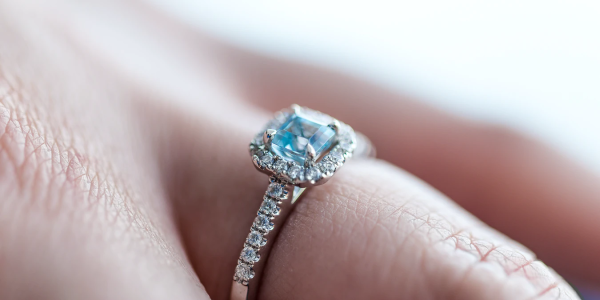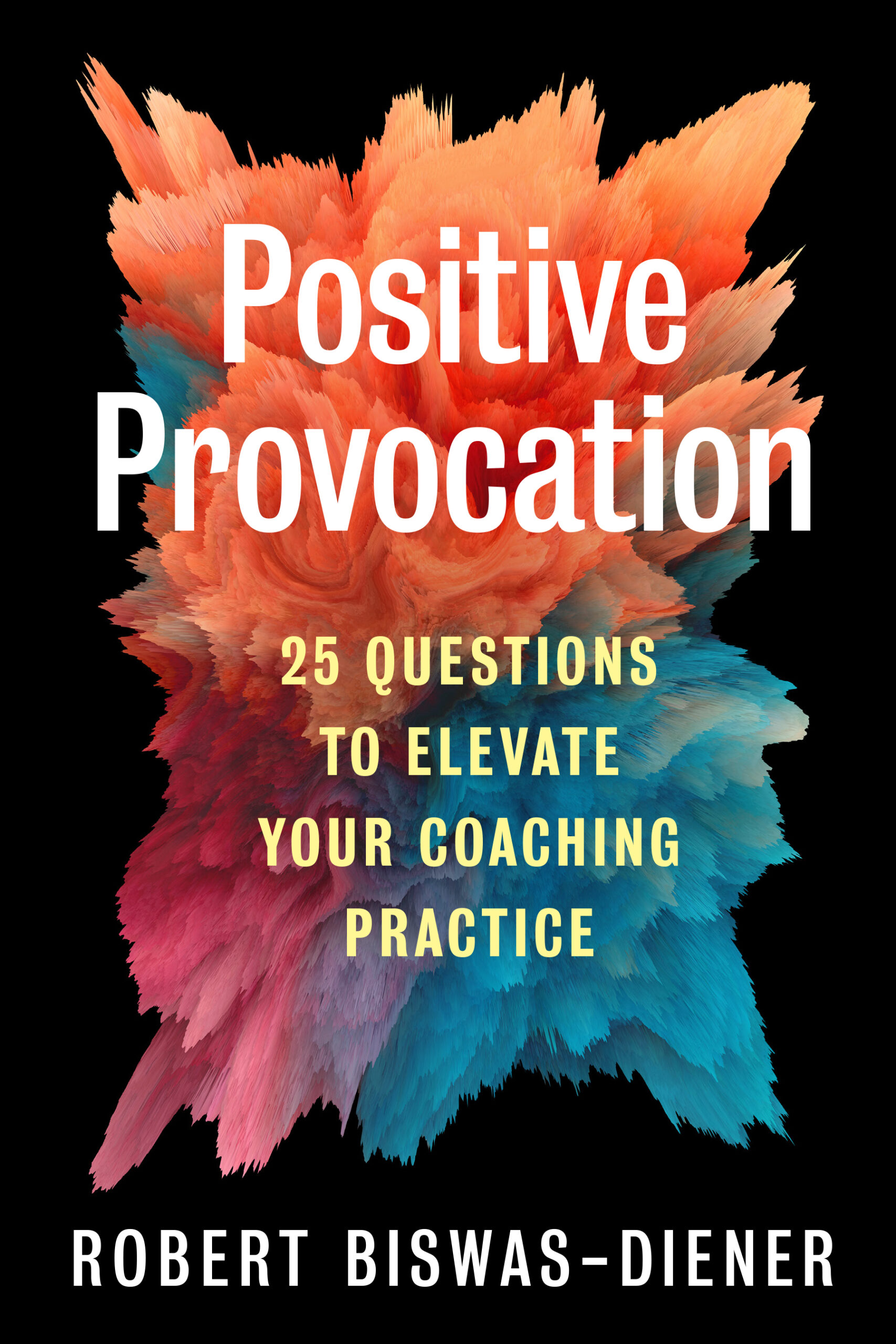The Psychology of Gift Giving
By Dr. Robert Biswas-Diener

People give and receive gifts all the time. Understanding the psychology of gift-giving can help you do it more effectively.
Simple Gifts
On my tenth birthday, I had a party. My friends, mostly boys but a few girls from the neighborhood as well, arrived at my house with presents in hand. Even at that young age, I loved receiving presents. You might know of the so-called “love languages,” and one of mine is certainly gift-giving (and receiving!). On that day, one of my good friends gave me a music album (this was before digital music). I opened the gift and stared at it. I was not familiar with the band or their music. Truth be told, it was hard for me to get excited about the present because I simply did not know its contents. Even so, I knew that decorum demanded that I smile and show both gratitude and enthusiasm.
I think about this moment in my childhood from time to time because it is so illustrative of the social dance that is gifting. We all have experience with it: we wrap presents in advance of holidays, we shop for one another, and we open gifts on our birthdays. Because it is such a universal and important social phenomenon, gifting has received 100 years of serious academic attention, beginning, perhaps, with Marcel Mauss’s classic anthropological study, The Gift.
In fact, anthropologists have largely been at the forefront of the scientific study of gifts. I can remember, as a teenager, thrilling at reading Malinowski’s ethnographic account of the “kula exchange” in the Trobriand Islands. The chiefs of this region travel and trade with one another in a highly prescribed way: they exchange either necklaces or armbands depending on which direction they are traveling and which item they last exchanged. It’s a little like dancing the mambo: there are set movements and music but also room for personal flair and artistry.
Since my childhood, I have paid close attention to the gift-giving rituals around me. They come in a dizzying array of contexts and content. I have had students offer gifts as a spontaneous show of appreciation, I have had dinner guests bring wine as a formal cultural norm, I have had colleagues give me their books in the hopes of an endorsement, I have received a suitcase from an airline for flying a million miles with them, and I have received a small memento when my beloved cat died. Each of these examples seems to hint at a different motive, a unique goal, and a distinct giver-givee relationship.
Understanding the psychology of gifting can help you be better at both giving and receiving.
Looking a Gift Horse in the Mouth
Darwin was a big believer in looking to the animal kingdom, generally, to observe qualities that might be common even across species. For example, ornamentation could be dismissed as mere decoration, but Darwin believed it was related to the process of attraction and mating. Similarly, we can look for examples of gift-giving among non-human animals to gain insight into how this behavior might have developed. Like many behaviors, we might be hard-wired to gift gifts. Examples abound. As you might expect, non-human primates, such as bonobos, have a propensity for gifting. So, too, do birds and cats. In both the avian and the feline examples, the offerings appear to provide food or teach the young to hunt. Interestingly, male penguins sort pebbles to choose the smoothest specimens to offer to a prospective mate.
Even spiders give gifts. As an aside, I read a fair amount of spider research. One species, the Paratrachalea Ornata—a spider from Uruguay and Brazil, is well-studied as a gift-giving species. The males offer silk-wrapped prey to their potential mates, an evolutionarily adaptative behavior that has been linked to more successful mating. Now, here is where things get interesting. Occasionally, when nutritious prey is scarce, shady males will wrap up some random bit of non-edible stuff: seeds or plants. Because mating is relatively fast—less than a minute—females do not always have a chance to verify the gift. You’d think this deceitful behavior would be irksome to the ladies and bad for gender relations in general. It may be the females who have the last laugh: researchers have found that—in the case of bogus gifts– mating occurs for shorter periods, females are more likely to take up with another guy, and that females steal and run away with nutritious gifts more often than they do with the fakes.
Whether it’s paratracheleas or penguins, kestrels, or kitties, animal gift-giving underscores some of the essential themes of human gift-giving. Namely, when people give one another presents, it typically has a positive impact on the relationship, and it is often an offer with some reciprocity in mind. In some cases, gifts are offered with romantic woo-ing in mind and, in other cases, presents are a symbol of investment in a friendship.
Gift Exhange
As other animals’ example reveals, the easiest way to understand human gift-giving is as a social transaction. It is, at its heart, a behavior that helps to define and maintain relationships. It’s simple arithmetic in which one person gives something—typically a physical object– to another person as a tangible way of saying, “I am thinking of you, and here—physically- is a symbol of what I think of you.” This is where we get the saying, “it’s the thought that counts,” even when discussing sub-standard gifts.
There is good evidence that, indeed, it is the thought that counts. In one study I conducted with my colleagues Lara Aknin and Liz Dunn, we found that spending money on others yielded a boost in happiness for the gifter. The emotional payoff of gift-giving was true of people in more than 100 nations. Our finding suggests that we are emotionally incentivized to invest in others and that people generally appreciate that investment. Other studies reinforce the social benefits of gifting: gifts reduce the psychological distance between people, they promote connection, and they increase happiness.
Is it really only the thought that counts? The value and the quality of a gift are, indeed, important. They are factors that signal to the receiver the very nature of the relationship. For example, an engagement ring is a gift that signals the unique importance of a relationship. Traditionally, a man gives a woman an expensive ring that is meant to convey that he has the resources to provide for her, a sign of his fidelity to her, and—possibly—as a signal to potential rivals that the object of his affection is “spoken for.” Times have changed regarding marriage and gender politics, but the essential social feature of gifting has not. Value, it turns out, is an important consideration in the gift-giving process.

How to Give
There are two essential factors that most people consider when selecting a gift: value and the receiver
Value. It turns out that there is an optimal range for gift value. Too cheap a present and the receiver will feel slighted. Too expensive, on the other hand, and she will feel beholden. Here, you can see that selecting an appropriate gift requires a huge amount of personal, social, and cultural knowledge. Good gifts must be age-appropriate (you don’t buy a car for a child). Similarly, they must be value-appropriate (you don’t buy a car for your sibling’s 42nd birthday). Finally, they must be culturally appropriate (you don’t expect to pay for a German person’s meal on her birthday). When you think about a gift as being a statement about the relationship, this can change the way you shop for others. It shifts the central question from “what would x like?” to “what would I like to communicate to x?”
The value of a gift can also instigate feelings of reciprocity in others. If I spend a day helping you lug heavy boxes from one apartment to another, you might feel obliged to spend a Saturday helping me in my garden. My late colleague, Robert Levine, once lived in Japan, where he found himself locked in an upward spiral of gift-giving with a local colleague. This was because of giri, the Japanese idea of obligation. Levine and his Japanese counterpart felt obligated to honor the other person by offering increasingly valuable presents. First, it was the gift of a bouquet of flowers. The return gift was an expensive melon. The ante was raised with a box of books. It really was the gift that keeps on giving. Finally, Levine had to extract himself from the escalating exchange by merely accepting his host’s honorifics without offering anything in return.
Choosing. It is common and commonsense to pick a gift based on the supposed preferences of the receiver. “What does this person like?” you ask yourself before heading into the store. The reasoning is that you will be able to deeply communicate your thoughtfulness and understanding if you can select a gift that perfectly matches their interests. There is a seed of truth in this, and we can all think of examples of the joy we felt when some gave us exactly what we wanted. There is, however, more to the story. In 6 studies by my aforementioned colleague, Lara Aknin, she found the opposite to be true. People feel more closeness when a gift reflects the giver rather than the receiver. This counter-intuitive result reveals two social facts: first, when we do not know the receiver well, a gift can miss the target. Secondly, when we do not know the receiver well, a gift representing our own interests—such as an album of music we prefer—can foster closeness in a get-to-know-you kind of way.
I don’t know the receiver well | I do know the receiver well | |
A gift that reflects the receiver | NO | YES |
A gift that reflects the giver | YES | NO |
Conclusion
Gift giving is a source of connection and happiness for both the giver and receiver. As such, it is an important topic and one that is centrally related to positive psychology. If happiness—your own and that of others—is a primary goal for you, consider the following in your own gift-giving:
- Give gifts. We know that gifting is widely socially and psychologically beneficial. Giving gifts, then, is an act that nourishes connection and joy. Remember, not all gifts come in shiny packages. You can give the gift of your stuff, your time, or your talent.
- Consider the message. Let the message of the gift be your driving consideration. Is the message you want to communicate “I purchase this at the last minute and had no idea what to get,” or is it “I saw this, and it made me think of you because I value you.”
- Choose wisely. Choosing a great gift does not always mean selecting one that matches the receiver’s interests. It can also mean choosing a gift that is culturally appropriate or which reflects your own interests. Choosing wisely—based on your relationship with the receiver—will foster the feeling of connectedness that lies at the heart of every gift.
- Remember your own receiving history. Last, you can derive happiness by dredging up memories of your own greatest-hits. What were the best all-time gifts you have ever received? Mine are easy to identify. Once, my wife and I were gifted the chance to crew for a long-distance horse race. This meant waking before dawn in remote woods and feeding and watering a large horse and his rider every time it came into camp for a pit stop. It was a rare opportunity to participate in a culture and type of event that would otherwise remain off-limits to us.

About the author
Dr. Robert Biswas-Diener
Dr. Robert Biswas-Diener is passionate about leaving the research laboratory and working in the field. His studies have taken him to such far-flung places as Greenland, India, Kenya, and Israel. He is a leading authority on strengths, culture, courage, and happiness and is known for his pioneering work in the application of positive psychology to coaching.
Robert has authored more than 70 peer-reviewed academic articles and chapters, two of which are “citation classics” (cited more than 1,000 times each). Dr. Biswas-Diener has authored seven books, including the 2007 PROSE Award winner, Happiness, the New York Times Best Seller, The Upside of Your Dark Side, and the 2023 book Positive Provocation.
Robert Biswas-Diener

Get updates and exclusive resources



